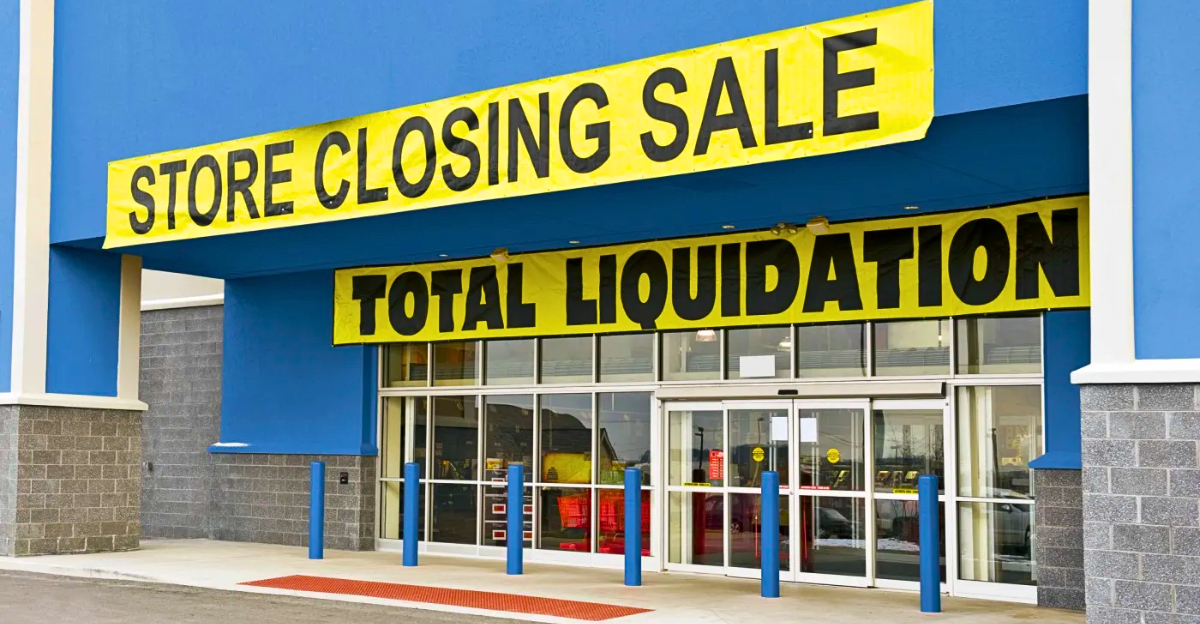
With an estimated 15,000 physical stores expected to close in the US alone in 2025, more than twice as many as the 7,325 closures in 2024, which was the highest since the pandemic peak of 2020, the retail industry is facing an unprecedented crisis. The ongoing dominance of e-commerce behemoths like Shein and Temu, economic pressures like inflation and changing consumer spending patterns, and private equity retreating from retail investments are all contributing factors to this extraordinary collapse.
The ensuing wave of closures is not coincidental; rather, it represents a structural shift, marking the end of a period when brick-and-mortar stores predominated and the beginning of digital-first retail models that are profoundly and permanently altering the economy and society as a whole.
From Epidemic to Long-Term Reduction
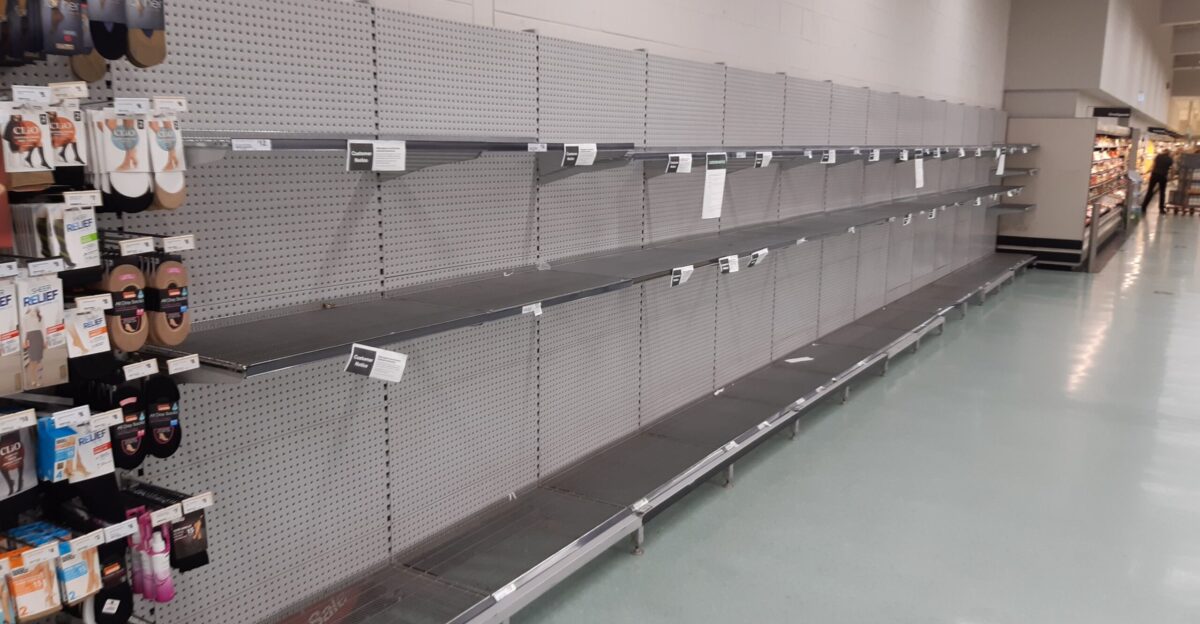
The pandemic caused a sharp increase in store closures; in 2020 alone, nearly 10,000 US stores were forced to close as a result of government-mandated lockdowns and severely disrupted supply chains. As a catalyst, the pandemic accelerated pre-existing structural flaws in physical retail, revealing weaknesses like rigid operational models and an excessive dependence on foot traffic.
On the other hand, the projected 15,000 closures in 2025 more than double previous numbers, signaling a shift from a shock caused by the pandemic to a long-term industry reorganization. This retail unraveling is historically comparable to the significant upheavals that occurred in the late 20th century with the emergence of big-box stores and suburban malls, but it is happening at a significantly faster rate because of technological advancements and unstable economic conditions.
The Power of E-Commerce and Changes in Consumer Behavior

The primary cause of this retail meltdown is the unstoppable growth of e-commerce platforms, which provide unmatched convenience, fiercely competitive pricing, and seamless shopping experiences that are difficult for physical stores to match. By skillfully striking a balance between speed, extremely low prices, and extensive global supply chains, giants like Shein and Temu have upended traditional retail and swiftly wrested market share from established companies that were either unable or unwilling to change.
The value proposition is radically altered by the ease of shopping from home or on mobile devices, as well as by advanced algorithms that maximize product discovery. Physical stores are quickly becoming less relevant due to issues like stock shortages, disorganized layouts, and uninterested customer service.
Economic and Financial Pressures Amplify the Crisis
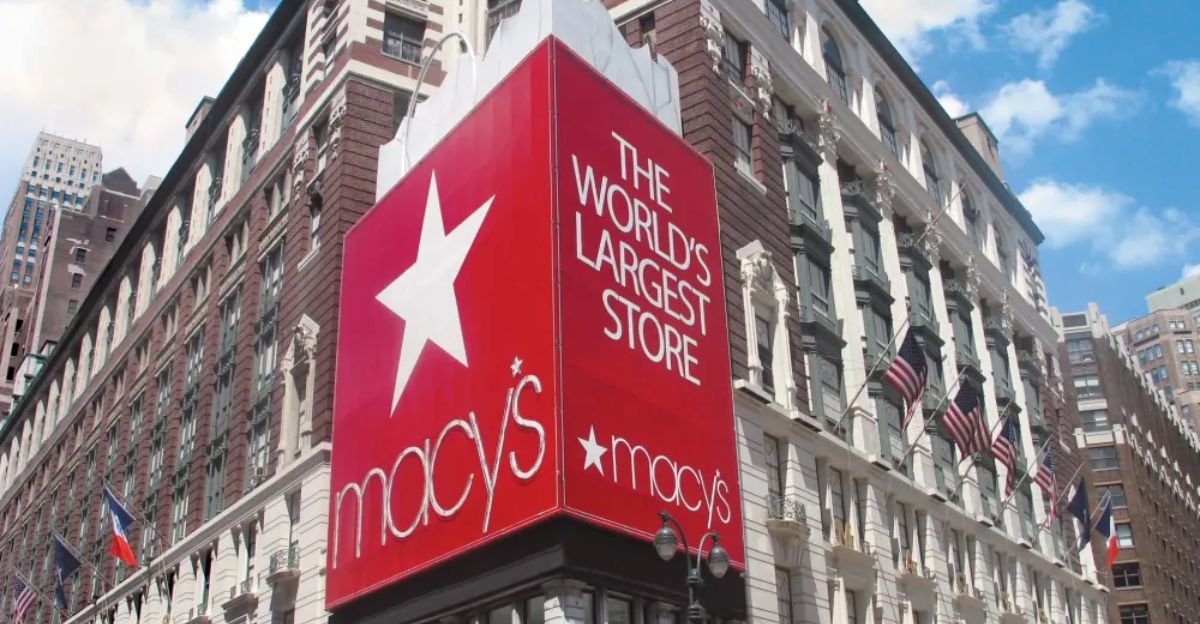
Worsening macroeconomic conditions are contributing to the current retail crisis: historically high interest rates, supply chain bottlenecks, inflationary pressures, and rising wage costs all work together to squeeze already narrow profit margins.
Due to cash flow problems brought on by their long-standing debt loads, many traditional retailers are forced to make significant operational restructurings and close many of their stores. Famous retail companies like Macy’s, which announced plans to close 150 under-performing locations by 2026 and implemented widespread layoffs after revealing significant multibillion-dollar drops in yearly sales, are signs of more serious problems.
Overgrowth and Legacy Expenses
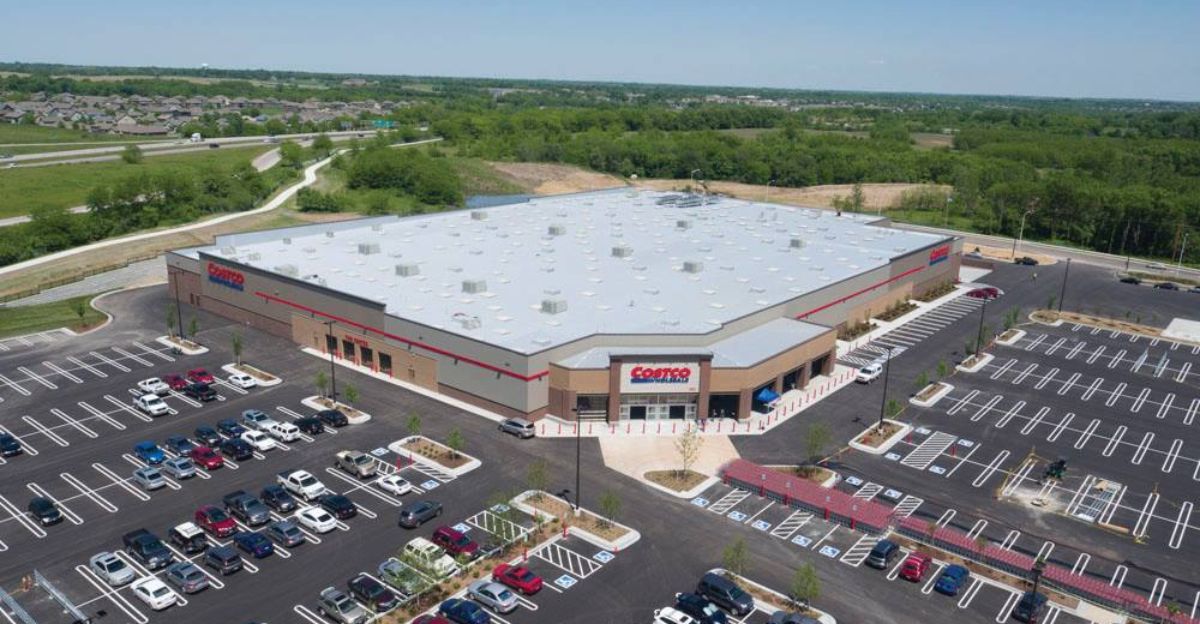
The legacy problem of over-expansion and an antiquated physical store footprint is one of the crucial but little-discussed elements contributing to the collapse. Many retailers came into the 2020s with a history of unwise and excessive store expansion, frequently motivated more by short-term market share goals than by long-term economic viability or changing consumer preferences.
Due to declining revenue streams, the high fixed costs resulting from this over-expansion, such as personnel and maintenance costs, can no longer be justified. The rising vacancy rates further destabilize the commercial real estate market by putting local mall operators and landlords at risk of bankruptcy. Tax revenues and urban economic vibrancy are impacted by this cascading effect, particularly in smaller towns that depend on anchor retailers.
Psychosocial Effects on Employees and Communities

With tens of thousands of direct layoffs and a cascade of psychosocial repercussions throughout communities, closing 15,000 stores in six months has had both economic and deeply social repercussions. According to estimates, 75,000 retail jobs were lost in the first five months of 2025, a startling 274% increase over the year before. In addition to taking away wages, these closures shatter social networks within communities that rely on retail centers as meeting places.
Many displaced workers lack the technical or digital skills needed to work in the quickly growing logistics and e-commerce industries, which presents a major retraining and public policy challenge. In an already divisive socioeconomic environment, the closure phenomenon widens gaps by exacerbating socioeconomic anxiety, depression, and disenfranchisement.
Do Certain Retail Industries Have Resilience?
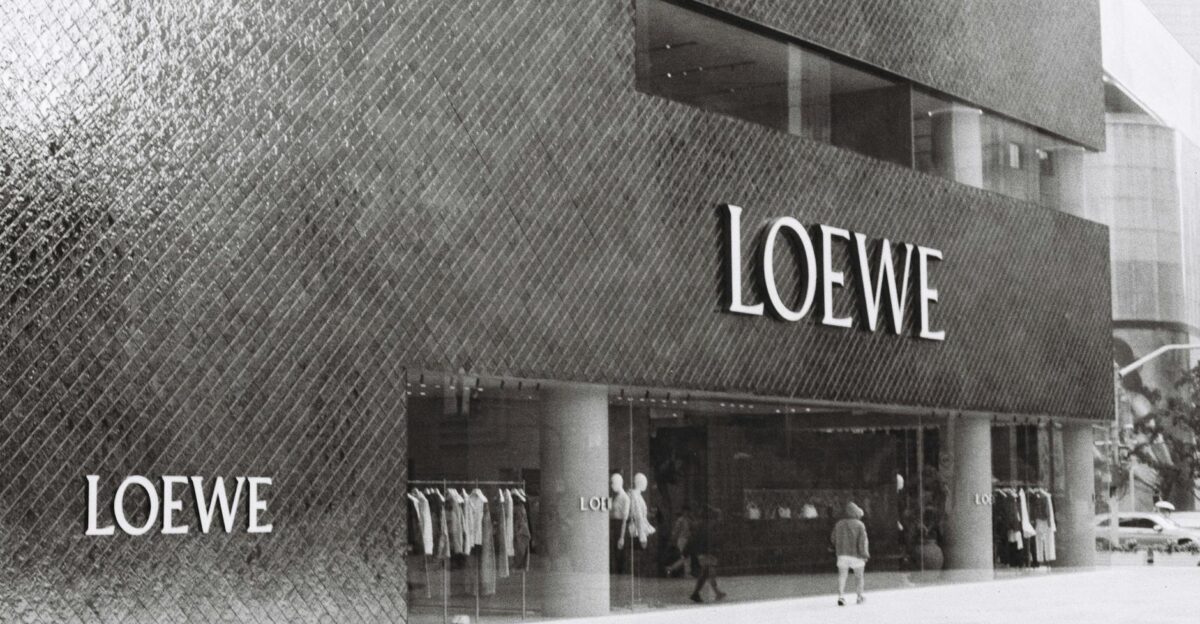
A contrarian perspective shows pockets of resilience and even growth despite the general doom in many retail segments, particularly among retailers that successfully combine digital and physical channels or cater to niche markets with particular value propositions. For instance, luxury brands maintain long-standing consumer loyalty by providing unique in-store experiences that are bolstered by digital touch-points.
These flexible players frequently use omni-channel strategies, utilizing data analytics to customize products and offer smooth buy-online-pickup-in-store (BOPIS) choices. This implies that the retail apocalypse is not universal but rather selective, motivated more by legacy players’ incapacity or unwillingness to innovate or make investments in omni-channel transformation than by the idea of retail per se.
Possible Effects at the Second and Third Orders
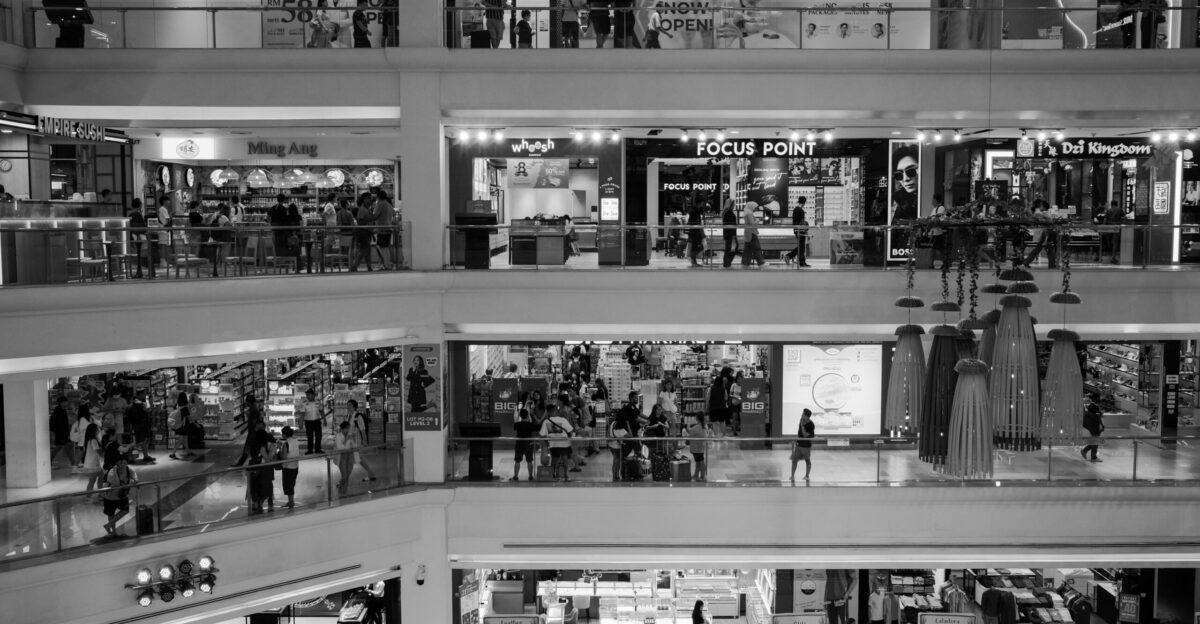
There are significant second- and third-order repercussions from this historic retail decline that go well beyond closed stores; the full economic and societal effects are still unknown. Particularly in areas with a high concentration of shopping centers, commercial real estate markets are experiencing declining values, which is causing landlord bankruptcies and postponed investments in urban infrastructure.
In order to accelerate gentrification and change the demographics of the community, urban development may drastically shift toward mixed-use or residential conversions of former retail spaces. Technology companies are under psychological pressure to improve AI-driven automation and personalization as a result of consumers’ shifting expectations for immediacy and personalization.
An Interpretation of the Collapse Using the Retail Transformation Triad Framework
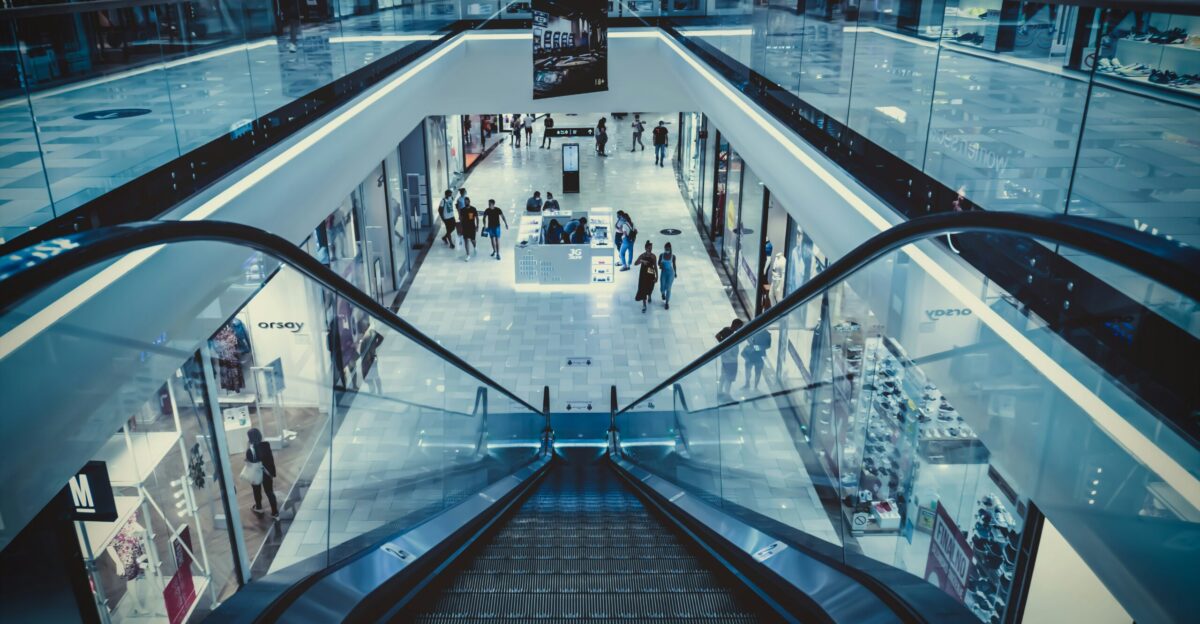
A conceptual framework known as the Retail Transformation Triad, which combines three interconnected forces, Technological Displacement, Economic Realignment, and Consumer Behavioral Evolution, offers clarity in navigating the complexity of the 2025 retail collapse. Technological displacement is a reflection of how automation and digital commerce platforms upend conventional retail operations and reshape the competitive landscape.
The term “consumer behavioral evolution” refers to the shifting preferences of consumers, which include demands for speed, convenience, personalization, and high service standards that traditional retailers either struggle to meet or fall short of. These three forces work in concert, and legacy retail models fail where they most strongly converge. By offering a strategic lens for addressing systemic weakness through financial restructuring, customer-centric innovation, and technology adoption, the Triad aids in the dissection of complex root causes.
A Permanent Change, Not a Short-Term Emergency
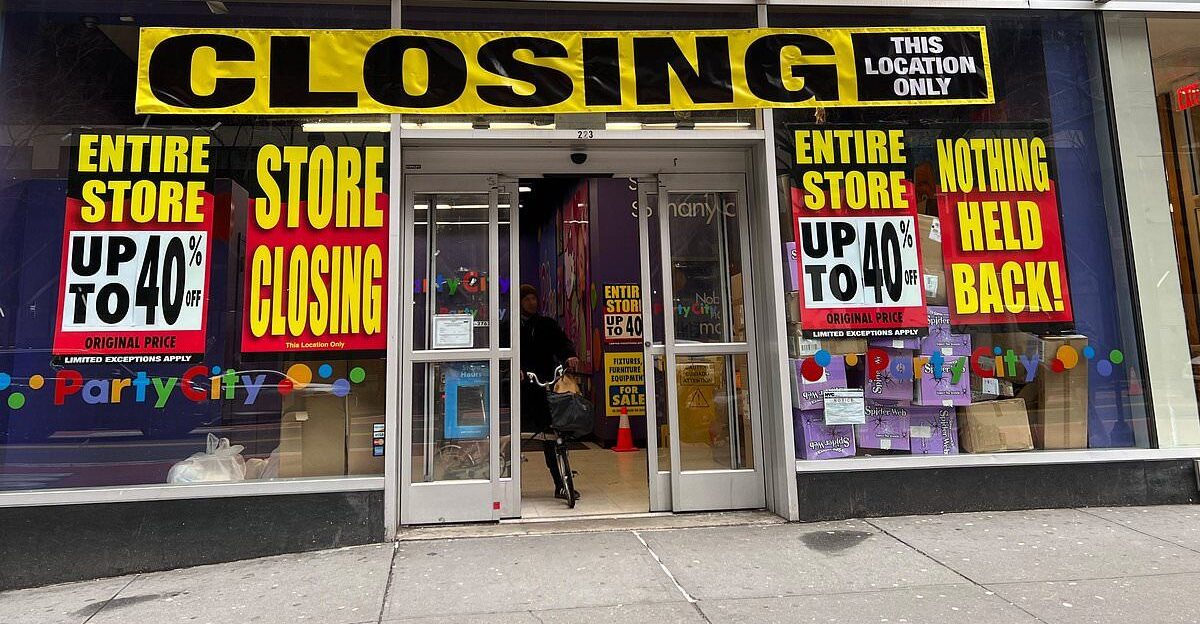
Crucially, the startling wave of 15,000 store closures in the first half of 2025 represents a structural transformation rather than a temporary economic hiccup, marking a historic peak in what many had already dubbed the retail apocalypse. The data and analysis clearly show that a fundamentally new commercial paradigm is replacing traditional brick-and-mortar retail, particularly over-expanded, indebted chains that are failing to incorporate digital innovation.
Although this crisis may cause economic disruption, it also presents chances to rethink supply chains, repurpose real estate, and implement innovative workforce development strategies. While those who cling to legacy models run the risk of becoming irrelevant or going extinct, stakeholders who face these realities head-on and embrace technological innovation, strategic agility, and human-centered policies have the best chance of thriving in the post-collapse retail landscape.
